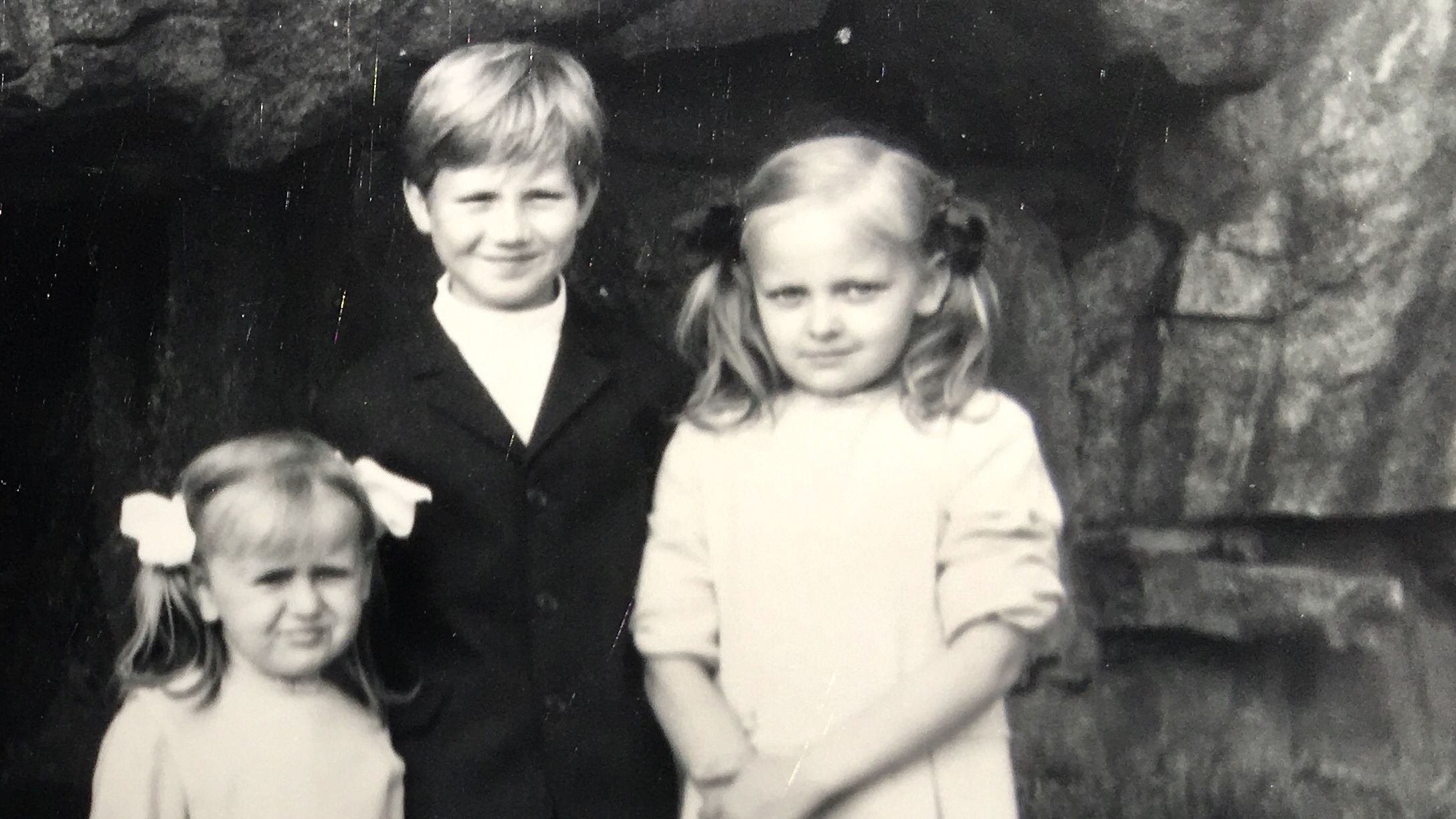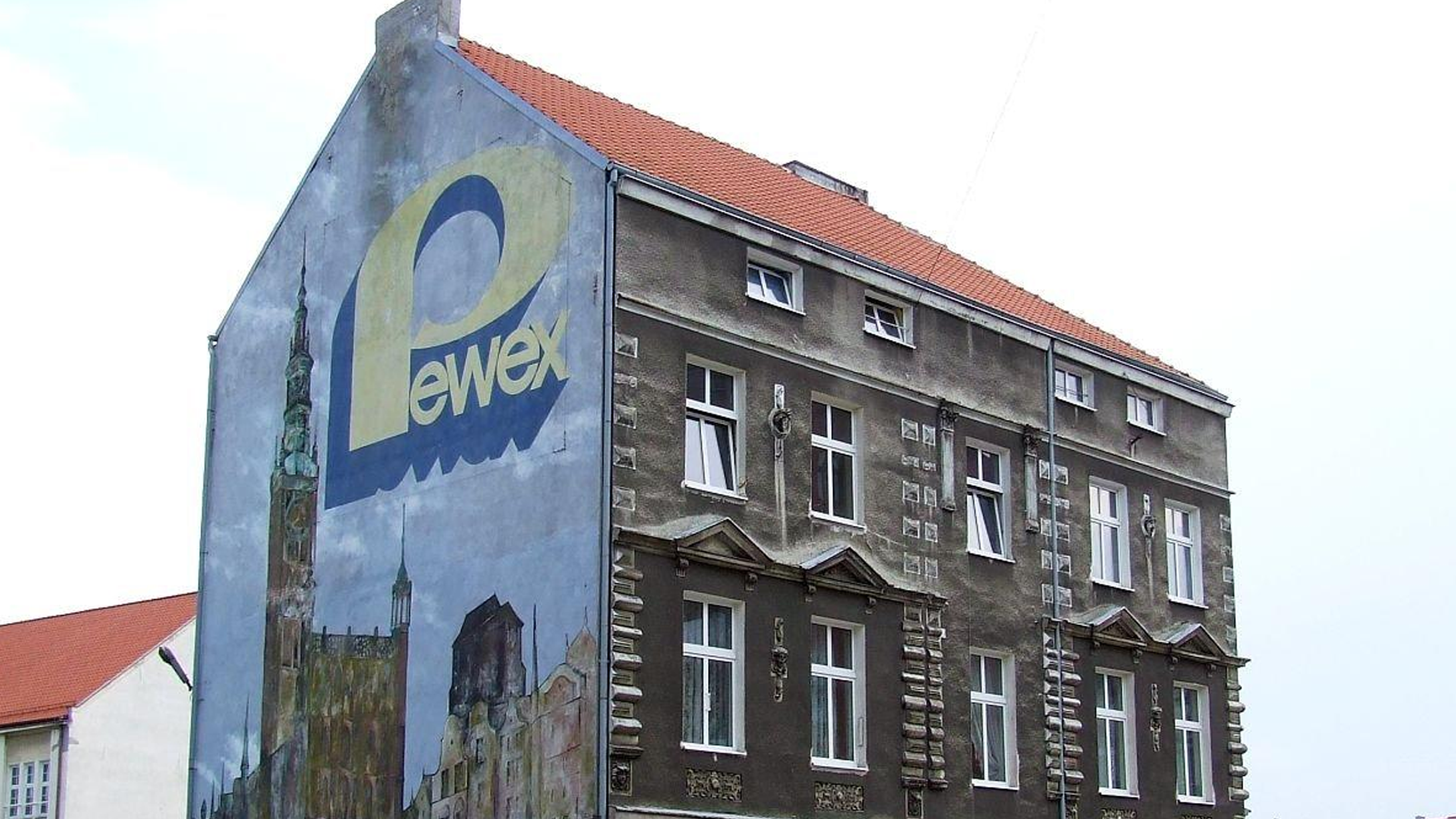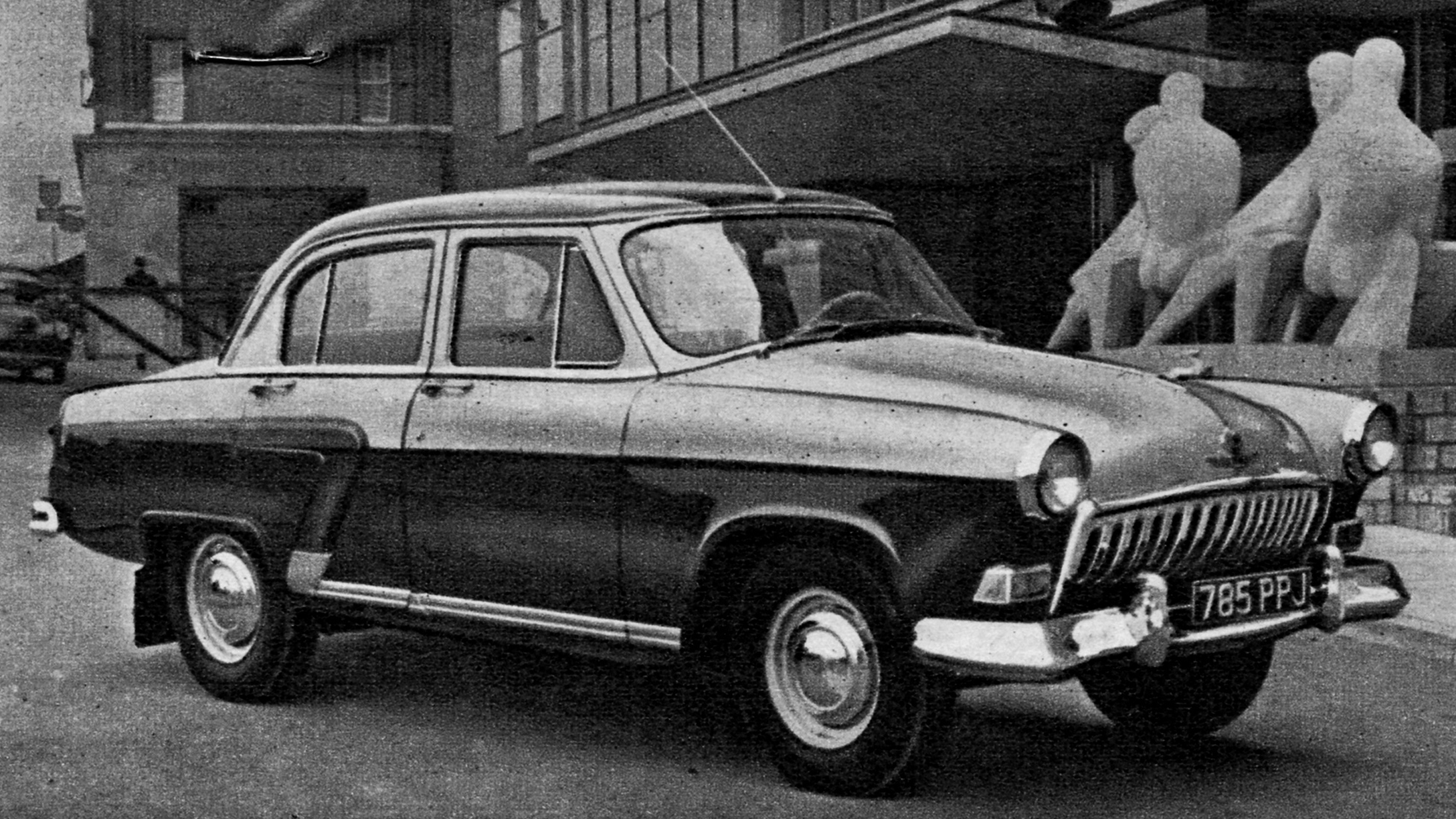In first grade, at seven years of age, I started catechism classes like everyone else in my school. A part of me was excited about it, and a part of me was scared. Today I know that the part of me that was scared was precisely responsible for my excitement, kind of like when we watch horror movies.
Let’s start from the beginning. It happened in the 70s, in communist Poland. Catechism classes were held in a presbytery next to the Catholic Parish of the Assumption of the Blessed Virgin Mary, about two kilometers from the primary school my friends and I attended. Twice a week we marched there after school for a forty-five- minute catechism class. There were two ways to get to the presbytery. One cut through meadows along the Bolszewka River, another led along the main road that connected the metropolitan tri-city of Gdynia, Sopot and Gdańsk with East Berlin. Cutting through meadows was dangerous, because the river often overflowed the area, transforming it into marshes with pockets of water in tall grasses barely visible from the road. We quickly learned that entering the meadows while white storks were there, standing motionless on one leg with the other tucked under their bodies ready to jump, was strictly forbidden. The storks waited for frogs—their favorite meal— and that meant the water in the grasses was high.
The other way, the way along the main road—shaded with enormous old linden trees on both sides—was even more dangerous, because of the story that circulated among the children in my school. According to the story, the Soviets in black Volga cars (named after the Russian river) regularly kidnapped Polish children, drained their blood, and carried the blood in milk bottles in the back of their cars. While walking along the main road, we always made sure to be in groups, because—of course—that gave us a better chance in case of a kidnapping. We thought that at least one of us would escape to alert the authorities. According to our calculations, five was the minimum safe number, and we calculated it on the premise that two Soviets were driving in those black Volga cars. One was the driver (who had to stay behind the driving wheel to speed away), the other was the hunter, which meant they could fit up to four children of our size in the back of the car. While walking down the road, with meadows full of white storks to our left, we were extremely vigilant, and every time we saw or heard a car in a distance, we would jump behind the linden trees. Back then we encountered only two or three cars passing during the twenty-minute walk along the road, and that added to the dramaturgy of our predicament, since nothing was more scary and more exciting than the expectation of the story unfolding in real life.
Blood in milk bottles. The bottles were reusable, and easily accessible, but there was one difficulty. The bottles came with an aluminum cap that when removed, after the original purchase, was destroyed. The empty bottles were exchanged in grocery stores when new milk bottles were purchased. I remember questioning the validity of the “Soviets kidnapping Polish children to drain their blood” story by asking about the aluminum caps, and how was it possible for the Soviets to transport the blood in open milk bottles, but my inquiry was met with forceful rejection. My friends couldn’t believe I was even considering asking questions in the face of imminent death.

Even at seven, we knew that the story was not true, and that asking questions based on logic was frowned upon for a reason. Stories like that, invented to push back against the regime’s state propaganda—the way the adults in our lives did—made us learn and believe from a very young age that the reality we lived in, saw with our own eyes, and could verify with what was presented to us in daily news, was not the reality of truth, and we could fight back against it by inventing our own stories. Listening for the sound of Volga cars approaching and jumping behind the linden trees was a way of life that was not imposed on us, but a life we created for ourselves. Our strength was in the creation. In those stories we were in charge of what to think and how to act, and this in itself was an act of defiance.
By the time I was in high school in the 80s, another story made its rounds, and its appeal was strong enough for us to question the validity of our assessments. We couldn’t (or didn’t want to) settle on what was true and what was invented. The story pertained to the chain of luxury Pewex shops that sold Western products in exchange for foreign currency, mostly American dollars and Deutschmarks. The goods sold in Pewex shops were unavailable in other stores, and included wide variety, from American Lewis and Wrangler jeans, Camel and Marlboro cigarettes, Napoleon brandy, Mars and Snickers bars, Donald bubble gum, Palmolive and Fa soaps, Bac and Old Spice deodorants, Yardley powder foundation, Lego blocks, Sanyo televisions, to toilet paper. For most of us, entering those shops was synonymous with peeking behind the Iron Curtain—seeing in real life the very items that were common in the free world. One day, according to the story, a young man entered the Pewex shop in Gdynia, jumped over the counter where the saleswoman stood, and asked for political asylum. The details of the story, from the way they both looked to their dialog varied each time the story was mentioned. My family underlined the man’s white teeth and dark thick wavy hair, details we desired. Others noted that he was tall, young, or in great physical shape. The saleswoman was confused, scared, humane, or full of empathy. In some versions she pleaded with him to calm down. In some she teared up. In others she told him that she didn’t know anything, and that she was there to sell toilet paper. In some, when the man insisted on repeating, “I want political asylum,” she answered, “so do I.”
The story about the man who jumped over the counter was flexible, customized by those who made the story circulate. Today, more than thirty years after I first heard the story, the man still exists in my mind. I remember him the way I imagined him as a high school student. Even though the man was a figment of my imagination, today the memory of this imagination is indistinguishable from the way I remember those I actually knew or met in real life. I still see him. He is tall and slim. I see him placing both hands on the glass of the counter that separates the customers from the saleswoman. Underneath the glass I see wristwatches and small perfume bottles. I see his dark thick wavy hair move fast above his eyebrows as he skillfully jumps over the counter. I never saw him, but I still see him clearly.
 YANEK, CC 3.0 VIA WIKIMEDIA COMMONS
YANEK, CC 3.0 VIA WIKIMEDIA COMMONSIt was never verified if the story ever happened, if the man actually existed, because in a sense it was not relevant. The strength of the story didn’t exist in verifiable facts. It existed in the benefits derived from it. We believed in the story for reasons more important that reality and truth—we believed in it to survive.
If the story of the “Soviets in black Volga cars kidnapping Polish children to drain their blood” was an example of inventing a reality parallel to the communist regime state propaganda to reclaim the power of self-determination, the story of the “man in the Pewex shop jumping over the counter to ask for political asylum” pushed that invented reality a step further. The second story established two important beliefs. First, that freedom was within our reach, and it was only a matter of time when we all as a country would jump over that metaphorical counter—or lift the Iron Curtain—that separated us from the West, and Poland would once again, just like after the First World War, become a democratic country. Second, once we found ourselves on the other side, we would surely discover that the people on the other side are just like us, confused, scared, and humane. Perhaps they would even tear up a bit, empathizing with our decades-long wait for freedom.
The fake news and fake stories that circulated in post-World War II Poland transported us into a different reality. They lifted our spirit and took us away from the reality of the communist regime and propaganda. They made it possible for us to see our everyday lives from the perspective of someone who is disconnected, which meant someone who could not be affected by the reality constructed for us against our will. The stories turned us into superheroes. We were above not having basic necessities like butter, sugar, or toilet paper even when we were not. We were above the punishment inflicted on dissidents even when we were not. We were above waiting for change even if we were not.
History teaches us that totalitarian regimes distort reality with lies propagated by state-controlled media, and this more often than not introduces doubt. Sometimes whole societies get lost in the fake reality of the regime, like in Nazi Germany before the World War II, or in North Korea today. Stories and language are the fabric in which life exists, and even after political regimes are gone, the language left behind—the way of thinking and verbalizing the world around us—stays for a long time, for decades, and informs how we see the world. After oppressive regimes, new generations have to come and develop their own language (their own stories) that eventually can replace the language, and the story of the regime. It takes a long time.
Going back to horror movies and being scared and excited at the same time. When we watch horror movies in theaters or in the comfort of our homes, we are present in two realities at the same time. The first is the reality of the story unfolding on the screen, and this is the one that makes us scared. The second reality is the one that makes us safe, the one that makes the excitement possible—it is the chair we sit in, the beverage we drink, the popcorn we eat, maybe also the presence of other people. Without assessing the situation, we are aware of both realities, and this makes is possible for us to be genuinely scared and genuinely excited at the same time. The participant in those two parallel realities has a clear understanding of both. He knows that the horror is the reality of fiction or fake reality, and him sitting in the room is the reality he belongs to, the reality of his life.
The fake stories of “Soviets in black Volga cars kidnapping Polish children” and the story of “a man jumping over the counter to ask for political asylum in a Pewex shop” circulated in communist Poland with the clear purpose of rejecting the regime’s state propaganda. The citizens of communist Poland regarded those stories as “maybe they were true, or maybe not,” in order to remember (read: never forget) and preserve a clear understanding of what was definitely not true, and to assert their right to create their own reality of fake stories to keep in the collective mind that the regime’s “fake reality” existed, and truth had to be actively protected.
History takes place in language before it manifests itself in events. It is broadcast by individuals in power, but takes root through the millions who constitute the society. The society gives shape to the story, and makes the story possible. Every single day—yesterday, today, tomorrow—we are shaping our own lives through the understanding of clear distinctions between what’s true and what is not, what is being propagated by our governments, and what is the value of the story we are told. There is no escape but the choices we make, the stories we select.
Danuta Hinc






